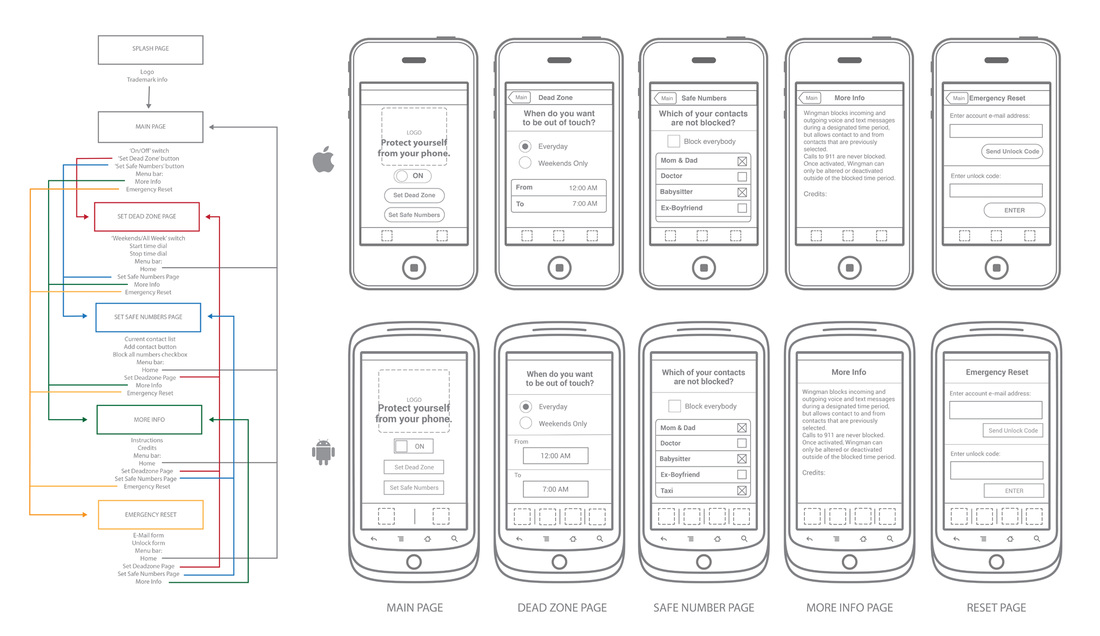|
I’m curious about what my friend C would say. After all, she and her friends founded CebUX, a group of UX/UI professionals in Cebu. They talk a lot about trends and practices during their regular meetups. The last time they invited me to talk about the design process in our company, there were around 40-50 people in the room. They all seemed to be eager and knowledgeable about UX. But why are some people (especially clients who’ve worked with Pinoy designers in the past) so skeptical about UX talent here? I think I may know why. Aside from the fact that some designers exaggerate about their skills, there’s a particular way of dealing with Pinoy UX designers that may sound new to some clients. Pinoy UI/UX designers are not very big with requirements gathering. And they don't press on what they need, which is difficult most of the time, because in order to come up with good design, a designer needs to have solid information about what needs to be designed. Usually project managers are trained to do this. But not UI/UX designers. So if you're a client dealing with a UI/UX designer directly, you need to be proactively clear. Here are a few things that actually worked for me in my current and past companies. 1. First, we never start without a creative brief A creative brief is like a concept document. It gives the designer an overview about the project and who it is for. If it’s a mobile application we want done, we start first with a user flow or wireframe instead of a creative brief. A user flow diagram or app flowchart (see rightmost image below) is like a site map. It shows all the screens of your application and their connection with one another. Wireframes (the mobile screen images above right) are quick mocks of each of your screens. Designers look into them as reference for features and layout of the screen.
2. We always provide references/design inspirations Part of our job as the client is to let the designer see what we’re seeing. We don’t just let the designer guess what's in our minds. We give them references so they know that if we say “create an awesome interface”, they know exactly what we mean by it. After all, “awesome” can mean so many things, right? 3. We do conference calls and meetings. We try hard to make the designer understand what the business is all about. To me, it’s unfair to have a person design the interface for an application they know nothing about. What is the application for? How does it help people? How do people use it in their daily lives? Things like these are very important in shaping the designer's understanding about the project. 4. We do kickoff calls to make sure the designer understands how we work Kickoff meetings are necessary to make work easier for both the designer and the client. During our kickoff calls, we talk about file formats, iteration processes, schedule of reviews, etc. 5. We make ourselves available in case the designers have questions Lastly, we spare time for our designers. If we don’t give time to address questions or clarifications, it’s difficult for designers to move forward with their work. To be honest, I feel for both client and designer. Having worked with design projects for a long time already, I’ve shared the frustrations of each. But I think it can be easily helped. Processes like the above may take time to do, but they may save you from more work in the future. In addition, the artifacts I listed above may also be useful for your programmers and QA engineers when they do their part of the work. So they're worth the effort. I've had lots of successful projects with Pinoy UX/UI designers in the past. I credit all of them to the designer's design and problem-solving skills and, of course, clear direction on our part. What I learned is that with Pinoy designers, if we give good inputs, we're sure to get awesome results. |
AUTHOR
I'm passionate about business, art, and technology. For more about me, click here.
BOOK PROJECT
Here's a book I co-wrote with a bunch of industry colleagues. Not sure if you'll find it useful, but feel free to check once you can. OTHER SITES
Personal
Tortured squid Hobbies & other stuff Work LegalMatch Philippines Artcebu Others Ateneo Graduate School of Business University of San Carlos Archives
October 2020
|


